Indications
Monotherapy: Sitagliptin is indicated as an adjunct to diet and exercise to improve glycemic control in patients with type ll diabetes mellitus.Combination with Metformin: Sitagliptin is indicated in patients with type 2 diabetes mellitus to improve glycemic control in combination with Metformin as initial therapy or when the single agent alone, with diet and exercise, does not provide adequate glycemic control.Combination with a Sulfonylurea: Sitagliptin is indicated in patients with type ll diabetes mellitus to improve glycemic control in combination with a sulfonylurea when treatment with the single agent alone, with diet and exercise, does not provide adequate glycemic control.Combination with a Thiazolidinediones: Sitagliptin is indicated in patients with type ll diabetes mellitus to improve glycemic control in combination with a thiazolidinedi- one when treatment with the single agent alone, with diet and exercise, does not provide adequate glycemic control.Combination with Metformin and a Sulfonylurea: Sitagliptin is indicated in patients with type ll diabetes mellitus to improve glycemic control in combination with Metformin and a sulfonylurea when dual therapy with these agents, with diet and exercise, does not provide adequate glycemic control.
Therapeutic ClassDipeptidyl Peptidase-4 (DPP-4) inhibitor
Pharmacology
The DPP-4 inhibitors are a class of agents that act as incretin enhancers. By inhibiting the DPP-4 enzyme, Sitagliptin increases the levels of two known active incretin hormones, glucagon-like peptide-1 (GLP-1) and glucose-dependent insulinotropic polypeptide (GIP). The incretins are part of an endogenous system involved in the physiologic regulation of glucose homeostasis. When blood glucose concentrations are normal or elevated, GLP-1 and GIP increase insulin synthesis and release from pancreatic beta cells. GLP-1 also lowers glucagon secretion from pancreatic alpha cells, leading to reduced hepatic glucose production. This mechanism is unlike the mechanism seen with sulfonylureas; sulfonylureas cause insulin release even when glucose levels are low, which can lead to sulfonylurea-induced hypoglycemia in patients with type ll diabetes and in normal subjects. Sitagliptin demonstrates high selectivity for DPP-4 and does not inhibit closely-related enzymes DPP-8 or DPP-9 at therapeutic concentrations.
Dosage & Administration
The recommended dose of Sitagliptin is 100 mg once daily as monotherapy or as combination therapy with Metformin, a sulfonylurea, a thiazolidinedione, or Metformin plus a sulfonylurea. Sitagliptin can be taken with or without food.
Description
The most common adverse reactions are; upper respiratory tract infection, nasopharyngitis and headache. Hypoglycemia may occur in patients treated with the combination of Sitagliptin and sulfonylurea and add-on to insulin.
Pregnancy: Pregnancy Category B. Safety of Sitagliptin in pregnant women has not been established. Sitagliptin should be used during pregnancy only if the potential benefit justifies the potential risk of the fetus.
Reviews (0)
Be the first to review “Glipita 100 mg 10pcs” Cancel reply

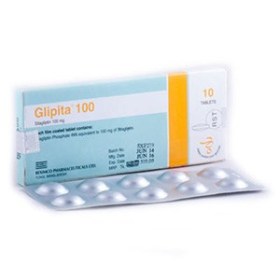

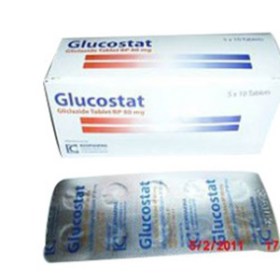
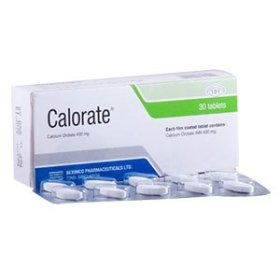
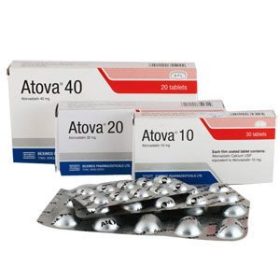
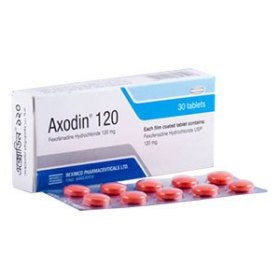

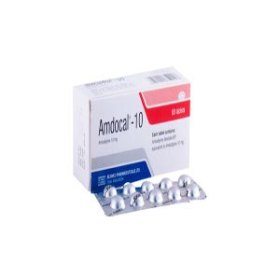
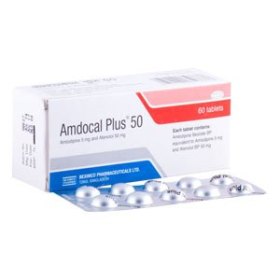
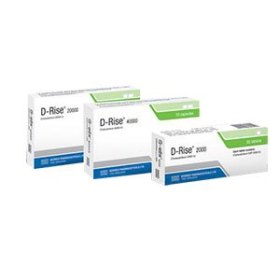
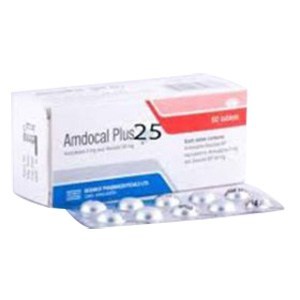
Reviews
There are no reviews yet.